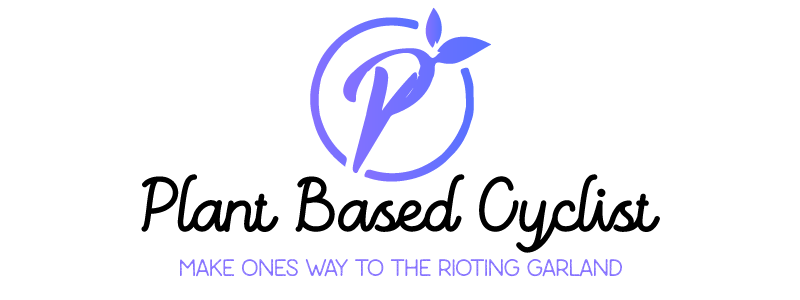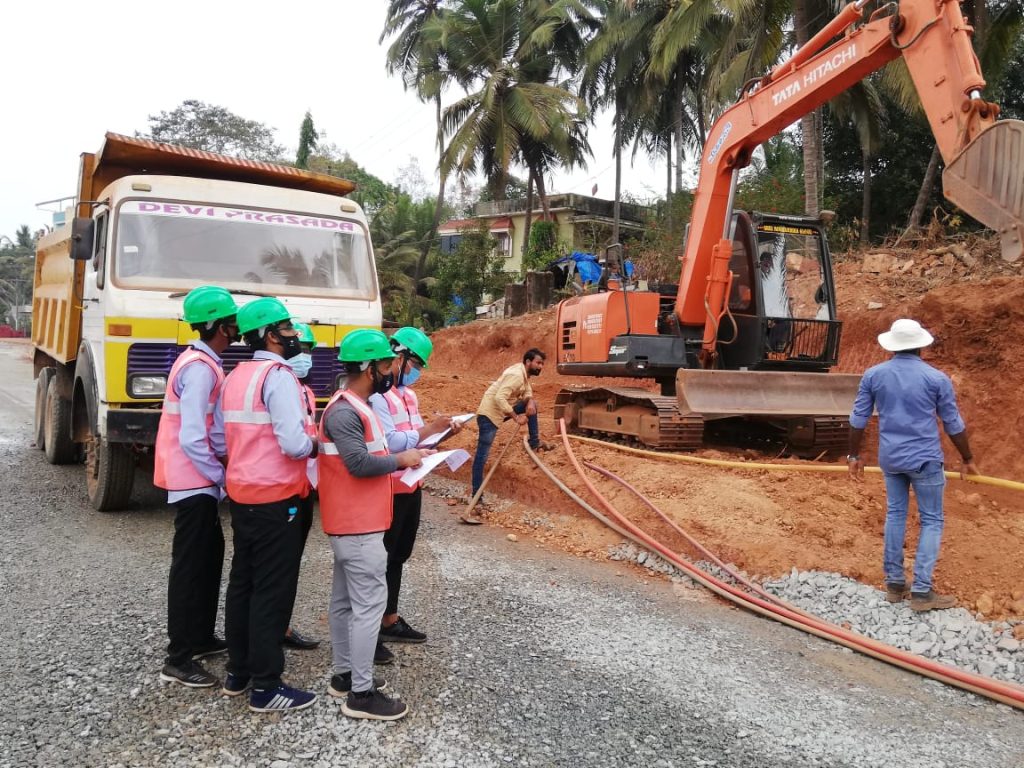The Impact of Telemedicine on Healthcare Insurance Coverage
Telemedicine has significantly transformed the landscape of healthcare, offering new opportunities and challenges for insurance coverage. Its rise is marked by the integration of digital technologies to facilitate remote consultations, diagnostic services, and even treatment, which has reshaped traditional notions of medical care and coverage. One of the most notable impacts of telemedicine on healthcare insurance coverage is the expansion of access to care. Telemedicine breaks down geographical barriers, enabling patients in remote or underserved areas to connect with specialists and primary care providers without the need for extensive travel. This accessibility is particularly beneficial for individuals with chronic conditions, those requiring regular follow-ups, or patients with mobility issues. As a result, insurance companies are increasingly recognizing the value of telemedicine in extending healthcare services to a broader population. In response to the growing prevalence of telemedicine, many insurance providers have adjusted their policies to include coverage for virtual consultations and remote services.

This shift is driven by the need to accommodate the changing dynamics of healthcare delivery and meet the expectations of modern consumers. Insurance plans now often cover telemedicine visits on par with in-person appointments, which can lead to cost savings for both patients and insurers. Virtual visits typically involve lower overhead costs compared to traditional office visits, which can translate into reduced premiums and out-of-pocket expenses for policyholders. However, the integration of telemedicine into insurance coverage is not without its challenges. One significant issue is the variation in coverage across different insurance plans and states. While some insurers offer comprehensive telemedicine benefits, iSure group insurance benefits broker others may impose limitations or exclude certain services. This disparity can create confusion and barriers for patients trying to navigate their insurance options. Moreover, the rapid evolution of telemedicine technology and practices can outpace the ability of insurance policies to adapt, leading to potential gaps in coverage.
Regulatory and reimbursement policies also play a critical role in shaping the impact of telemedicine on insurance coverage. Policymakers and insurers are continually working to address issues related to reimbursement rates, licensing requirements, and data privacy concerns. For instance, some states have enacted legislation to mandate telemedicine coverage parity, requiring insurers to reimburse telemedicine services at the same rate as in-person visits. These efforts aim to standardize coverage and ensure that patients receive equitable care regardless of the delivery method. Looking ahead, the continued growth of telemedicine is expected to further influence healthcare insurance coverage. As technology advances and telemedicine becomes increasingly embedded in routine care, insurance providers will need to adapt their policies to keep pace with these changes. This may involve expanding coverage options, revising reimbursement models, and addressing emerging challenges related to telemedicine’s integration into the broader healthcare system.



